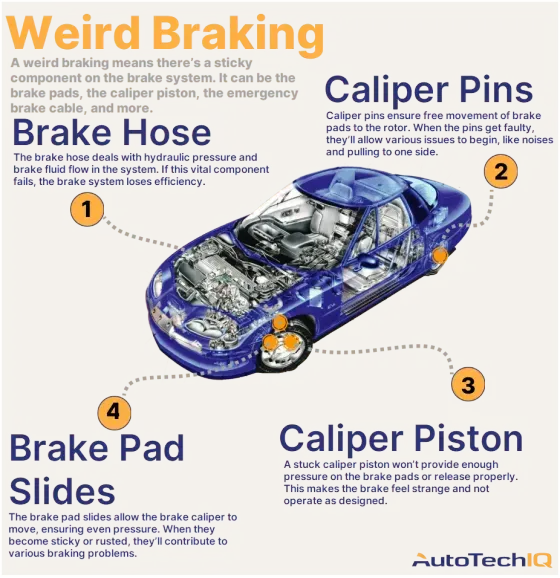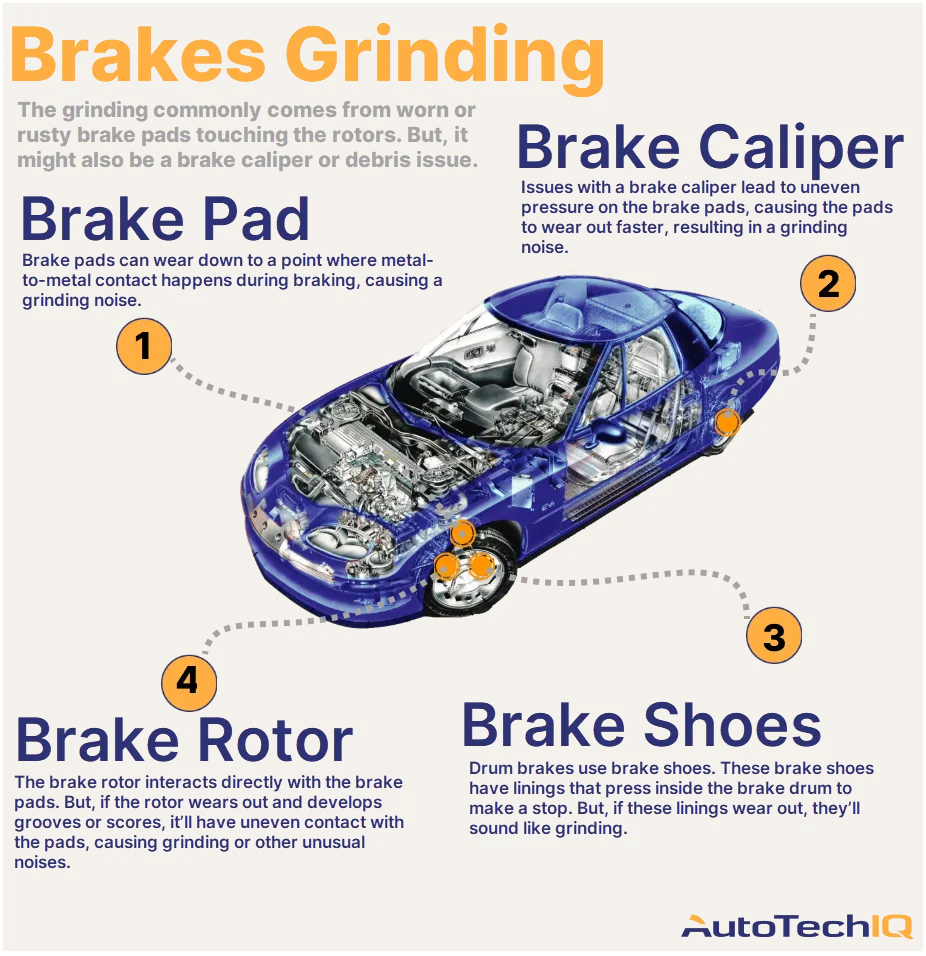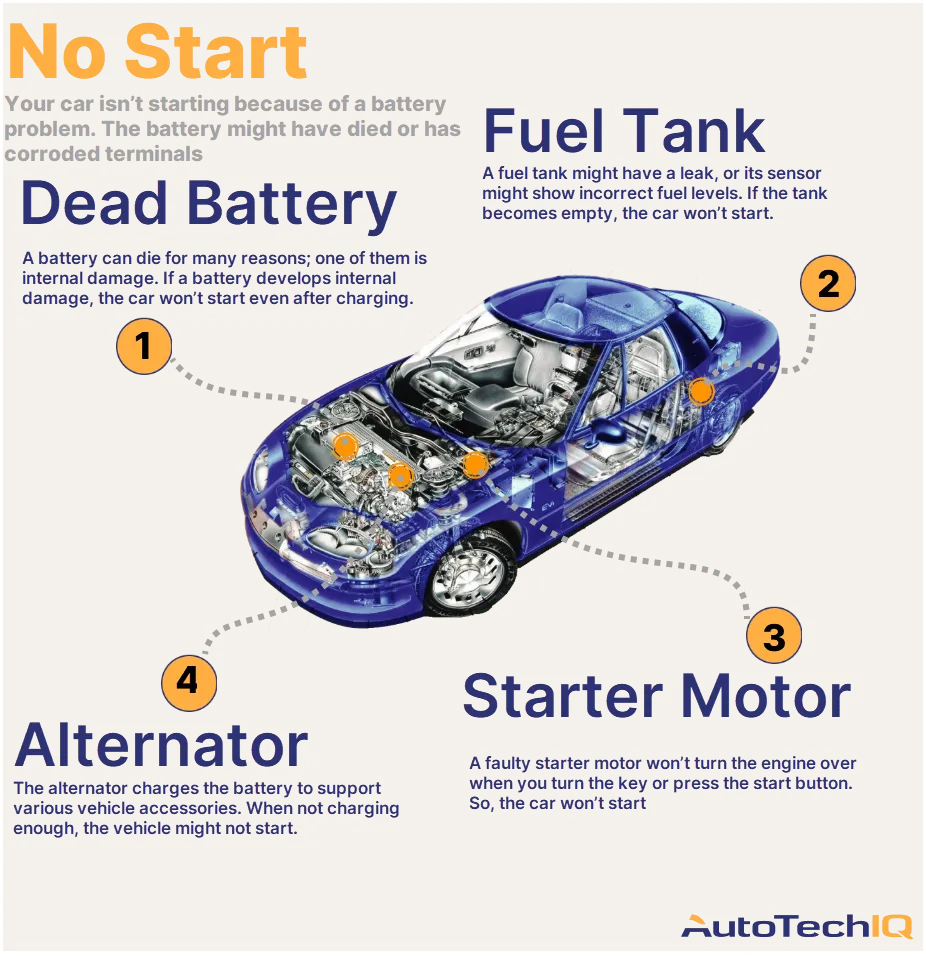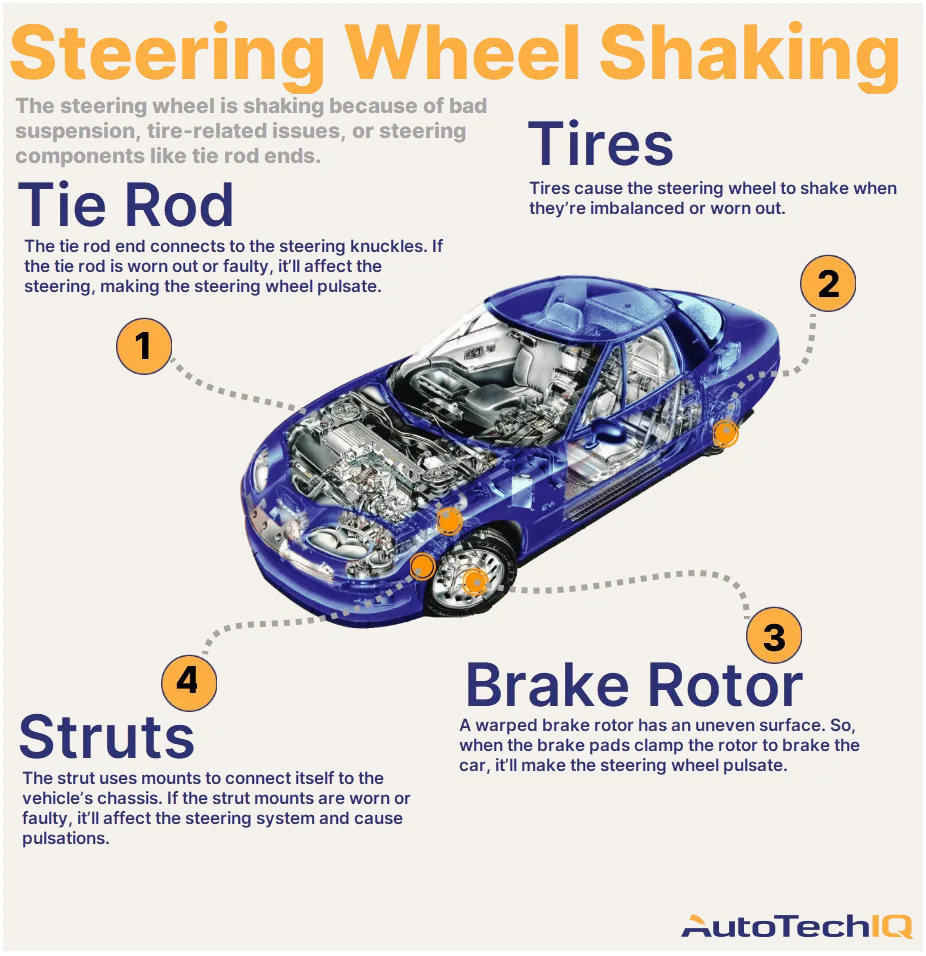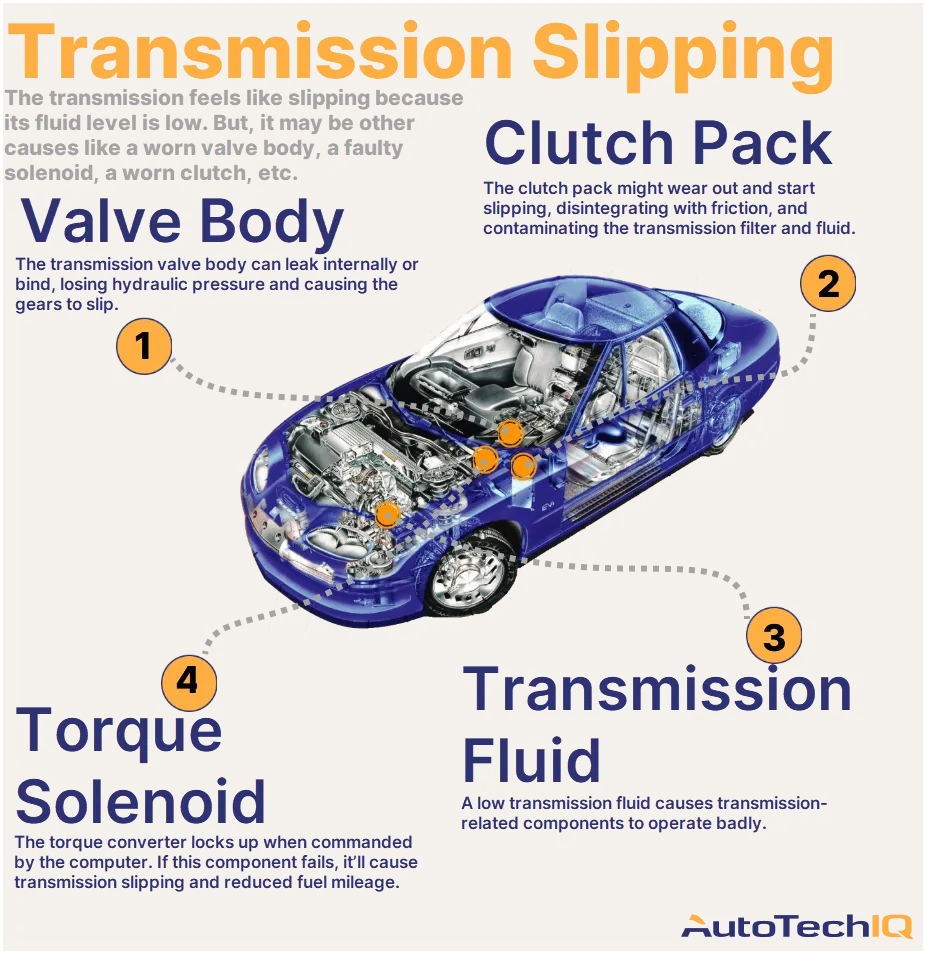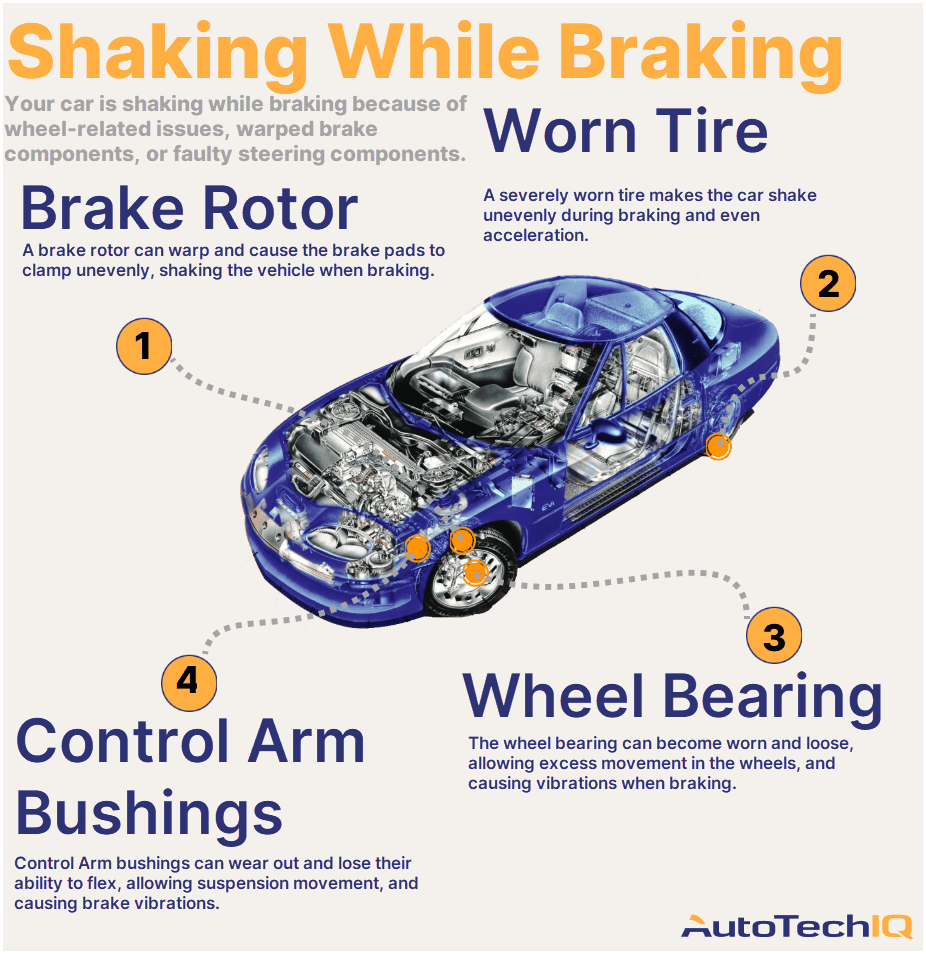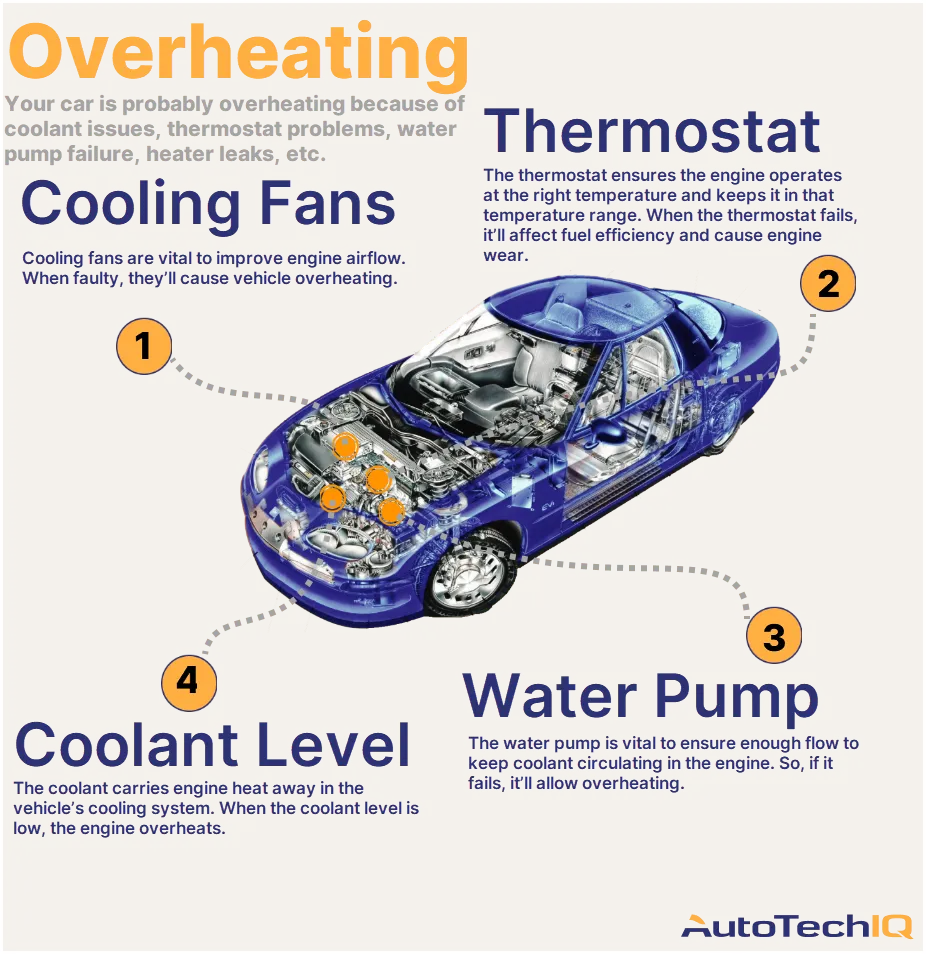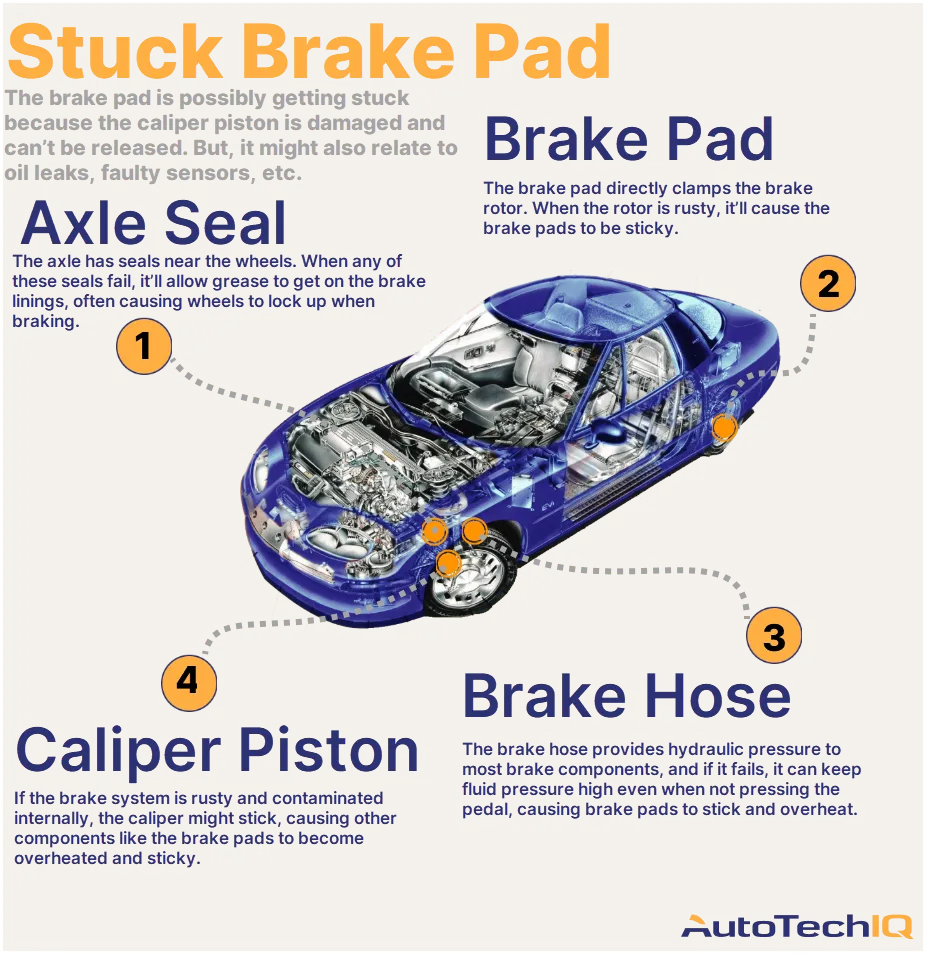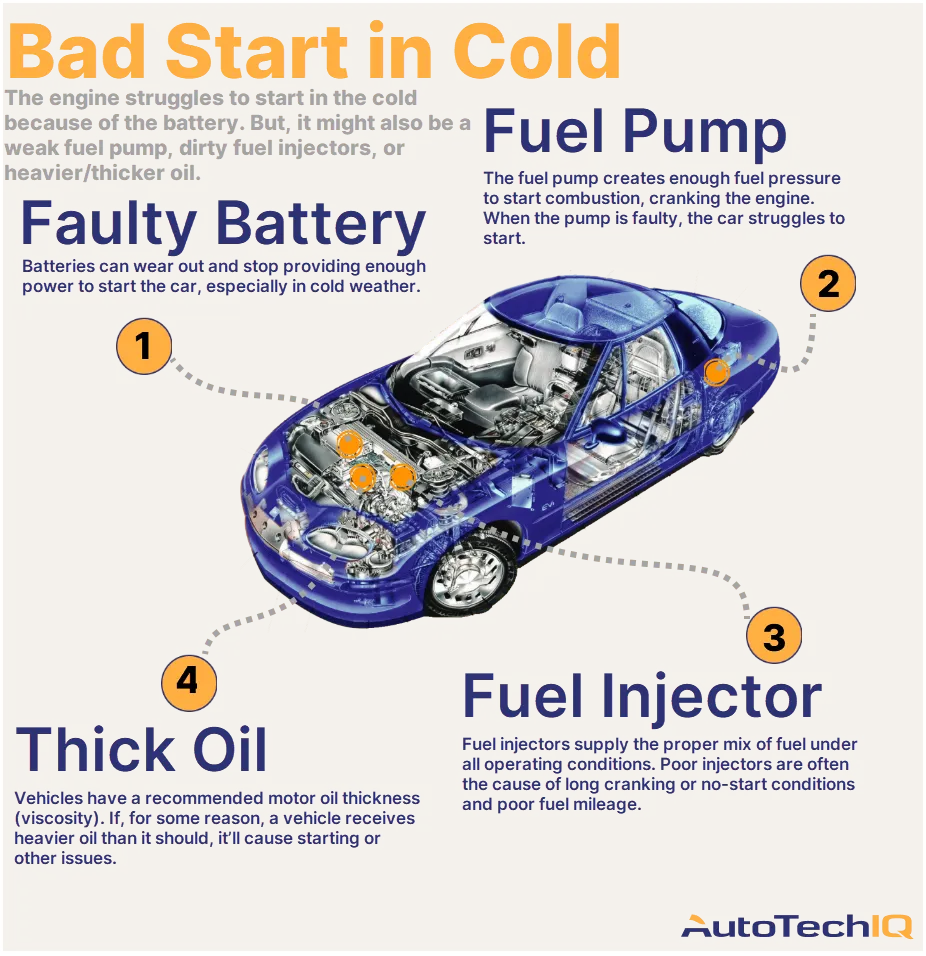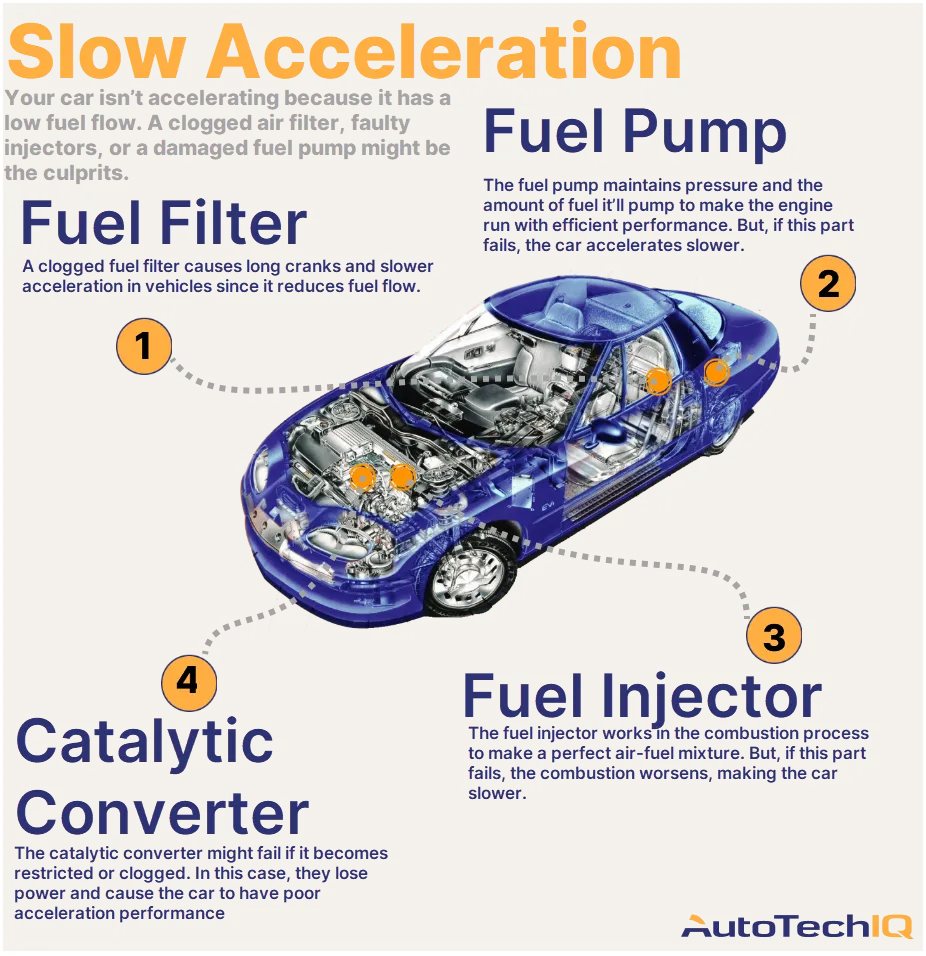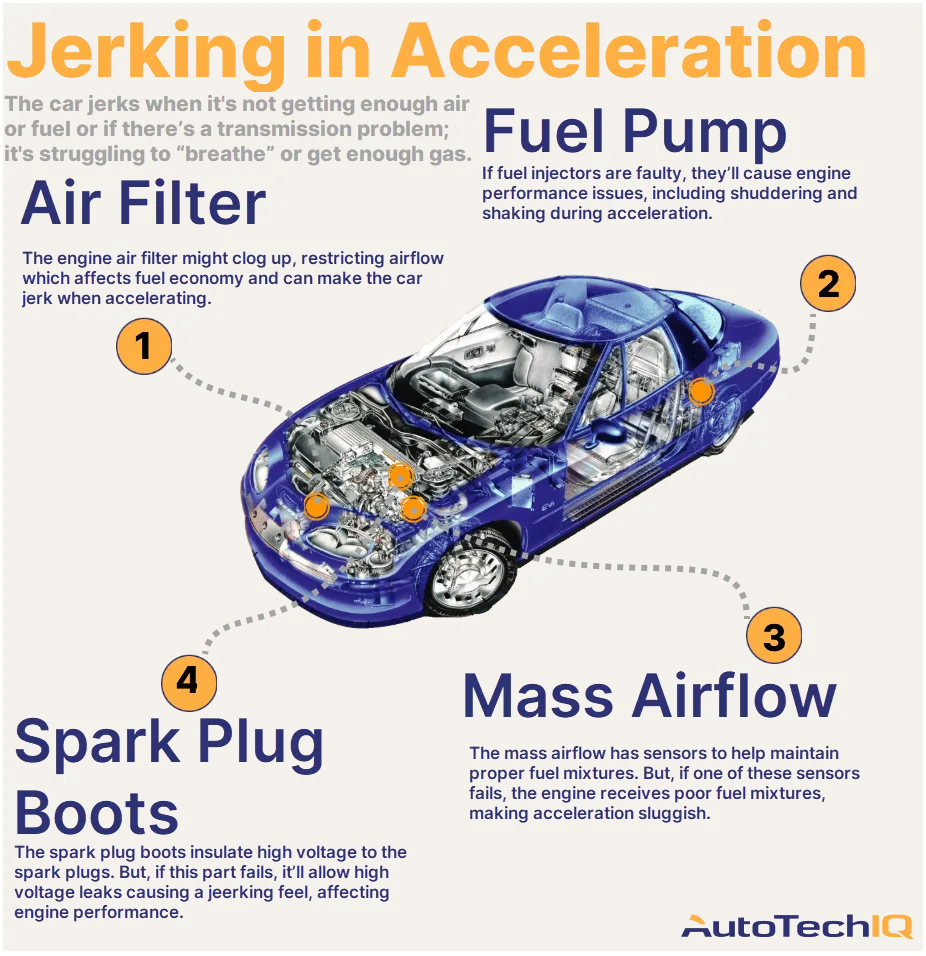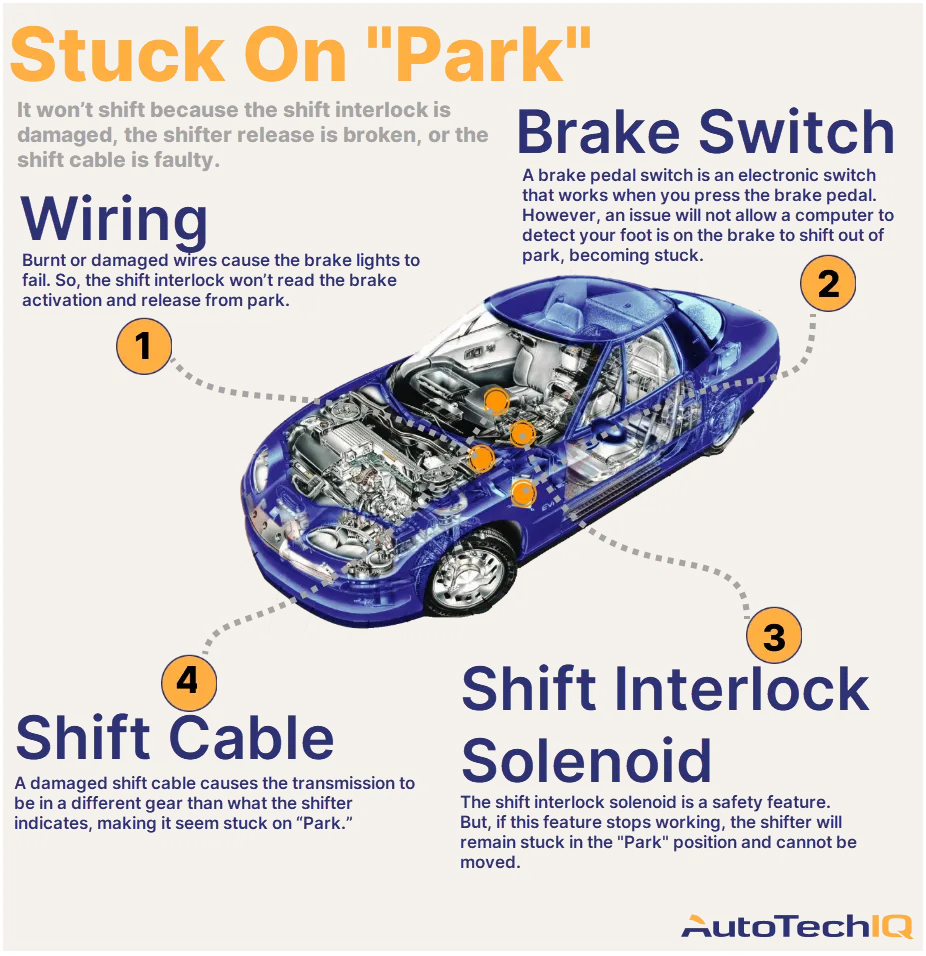Transparency example in a faulty camshaft service
A brake system inspection is the most transparent process to understand why your vehicle’s battery is faulty. This is because many components surrounding the pads and brake system components like the brake rotors and calipers can have a say in the issue, indicating the real culprits that caused it all.
Let’s read an example of how this kind of inspection helps to service a worn and greasy brake pad, fixing a braking problem.
A customer brought their vehicle concerned it was pulling to the right when stopping, making an odd smell. They asked about the alignment and tire check.
The technician noticed a drastic right pull when braking during a test drive. However, the vehicle drove perfectly straight when not activating the brakes.
During a vehicle health inspection, the technician found uneven brake wear and rust on the calipers and slide pins. So, the thinnest brake pad was less than 3mm thick, and there was no issue with the wheel bearings.
A front brake job was recommended, including replacing the front brake calipers, pads, and rotors. A brake flush was also ideal due to the brake fluid's condition. Still, resurfacing the rotors is not recommended since they are within the manufacturer's specifications.

In this case, the mechanic put the “Immediate Action” tag on the brake pads and slides.
